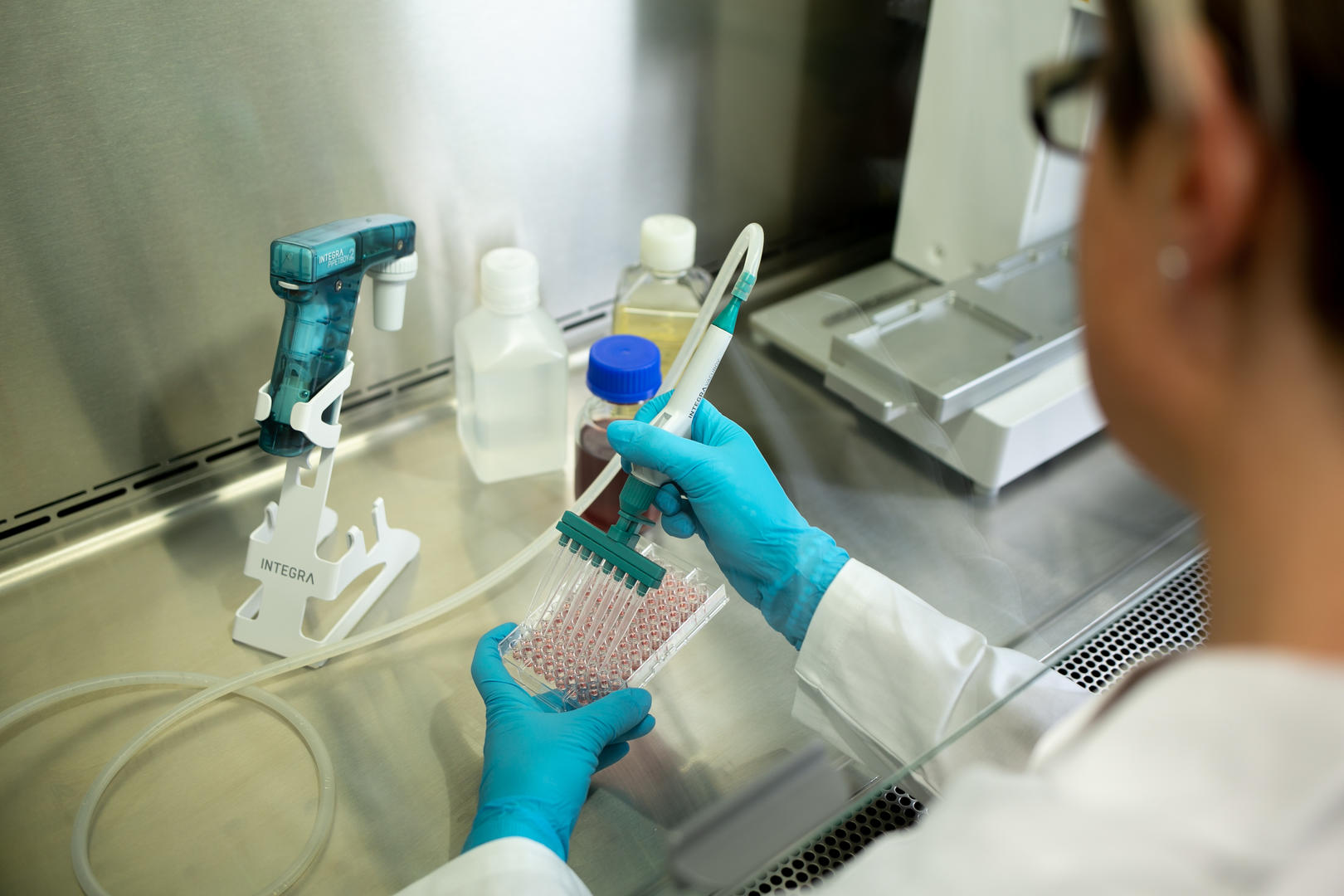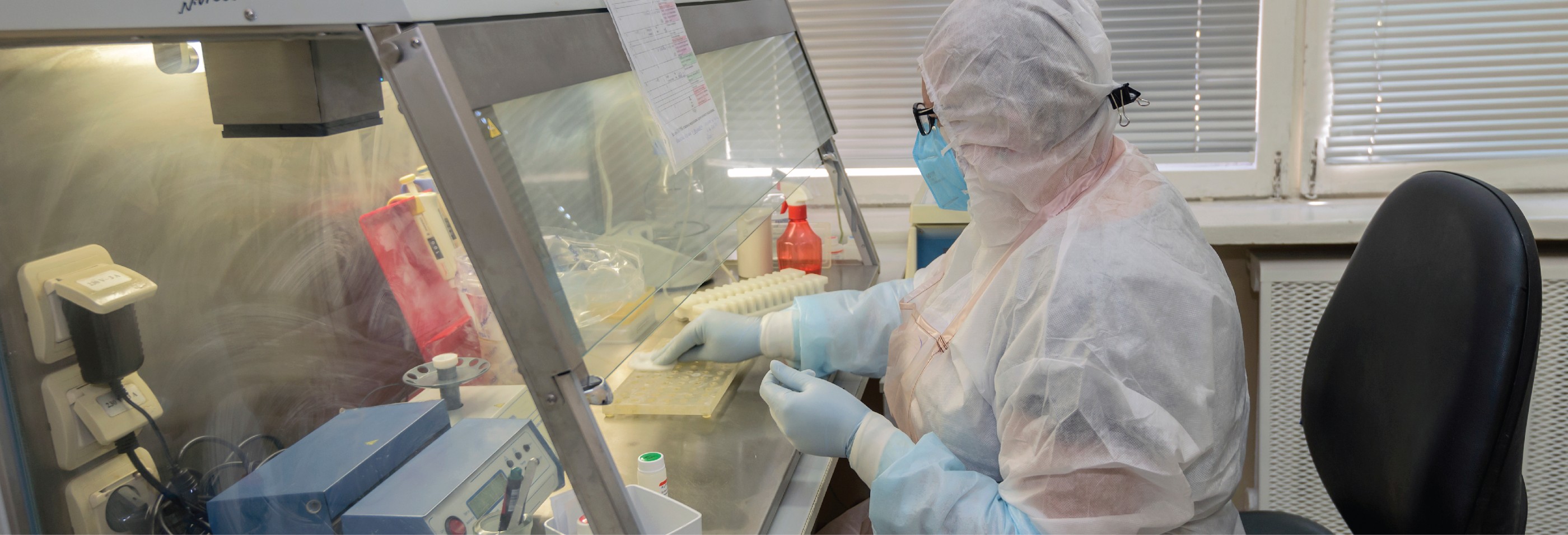Importance of Biological Safety Cabinet Cleaning

Biological safety cabinets (BSCs) are essential equipment in laboratories handling hazardous materials. They provide a critical barrier, protecting laboratory personnel, the environment, and samples from contamination. BSCs are designed to create a controlled environment, preventing the escape of hazardous materials while allowing researchers to work safely with them. Maintaining the cleanliness of these cabinets is crucial to ensure their effectiveness and prevent the spread of potentially harmful organisms.
Potential Hazards of Inadequate BSC Cleaning
Inadequate cleaning practices can lead to various hazards, compromising the safety of the laboratory and its occupants. The potential risks associated with a poorly maintained BSC include:
- Cross-contamination: Residual contaminants from previous experiments can contaminate ongoing work, leading to inaccurate results, compromised experiments, and potential for the spread of pathogens.
- Exposure to hazardous materials: If the BSC is not properly cleaned, aerosolized particles containing hazardous materials can remain in the cabinet, potentially exposing personnel to harmful substances.
- Spread of infection: In microbiology labs, inadequate cleaning can lead to the growth and spread of microorganisms, potentially causing infections in laboratory personnel or the community.
- Equipment damage: Accumulation of dust and debris can damage the BSC’s internal components, affecting its functionality and leading to costly repairs or replacements.
Regulatory Guidelines and Standards for BSC Cleaning, Biological safety cabinet cleaning top to bottom
Maintaining the cleanliness of BSCs is essential for safety and regulatory compliance. Several organizations and agencies establish guidelines and standards for BSC cleaning practices. These regulations aim to ensure the safe operation of BSCs and minimize the risk of contamination:
- Occupational Safety and Health Administration (OSHA): OSHA provides guidelines for safe laboratory practices, including BSC cleaning and maintenance, to protect workers from exposure to hazardous materials.
- Centers for Disease Control and Prevention (CDC): The CDC publishes guidelines for laboratory biosafety, which include recommendations for BSC cleaning and disinfection procedures based on the specific hazards involved.
- World Health Organization (WHO): WHO provides global guidance on laboratory biosafety, including standards for BSC cleaning and maintenance to ensure safe laboratory practices worldwide.
Step-by-Step Cleaning Procedure: Biological Safety Cabinet Cleaning Top To Bottom

Maintaining a clean biological safety cabinet is paramount to ensuring a safe and sterile environment for your work. Following a meticulous cleaning procedure from top to bottom helps prevent cross-contamination, safeguard your samples, and protect you from hazardous materials. This step-by-step guide Artikels the essential cleaning steps to ensure a thorough and effective sanitation process.
Cleaning Procedure
A comprehensive cleaning procedure involves a systematic approach, addressing each component of the biological safety cabinet. The following table details the specific steps for each area, including the recommended cleaning agents and proper techniques.
| Step | Area | Cleaning Agent | Instructions |
|---|---|---|---|
| 1 | Work Surface | 70% Isopropyl Alcohol |
|
| 2 | Interior Walls | 70% Isopropyl Alcohol |
|
| 3 | Sash | 70% Isopropyl Alcohol |
|
| 4 | Airflow System | Compressed Air |
|
Cleaning Agents and Disinfection Techniques

Maintaining a clean and disinfected Biological Safety Cabinet (BSC) is crucial for protecting both the user and the environment from potential biological hazards. This section delves into the various cleaning agents employed for BSCs, their properties, and appropriate application techniques. We’ll also discuss the principles of disinfection and sterilization, highlighting their importance in ensuring the safety and efficacy of BSC operation.
Types of Cleaning Agents
The choice of cleaning agents for BSCs is dependent on the type of contamination and the cabinet’s intended use. Here’s a breakdown of common cleaning agents and their properties:
- Detergents: Detergents are the primary cleaning agents used for BSCs. They effectively remove dirt, debris, and organic matter, preparing the surface for disinfection. Common detergents include neutral pH cleaners, enzymatic cleaners, and alkaline detergents. Neutral pH cleaners are suitable for general cleaning, while enzymatic cleaners excel at breaking down protein-based residues. Alkaline detergents are effective against grease and oil, but caution should be exercised as they can be corrosive to certain materials.
- Disinfectants: Disinfectants are chemical agents that kill or inactivate microorganisms. The choice of disinfectant depends on the specific microorganisms targeted. Common disinfectants include alcohol-based solutions, bleach, quaternary ammonium compounds (quats), and hydrogen peroxide. Alcohol is effective against a broad range of bacteria and viruses, while bleach is highly effective against a wide spectrum of microorganisms, including spores. Quats are effective against bacteria, but less so against viruses and spores. Hydrogen peroxide is a broad-spectrum disinfectant that is effective against bacteria, viruses, and spores, and is also a good choice for cleaning surfaces that are sensitive to bleach or alcohol.
- Sterilants: Sterilants are agents that destroy all forms of microbial life, including spores. They are used for sterilizing equipment and materials that come into contact with highly infectious agents. Common sterilants include ethylene oxide gas, glutaraldehyde, and formaldehyde. Ethylene oxide gas is effective against a wide range of microorganisms, but it is flammable and requires specialized equipment. Glutaraldehyde and formaldehyde are effective against a wide range of microorganisms, but they are toxic and require careful handling.
Principles of Disinfection and Sterilization
Disinfection and sterilization are essential processes for maintaining a safe and sterile environment within the BSC.
Disinfection is the process of eliminating most, but not all, microorganisms on a surface.
Sterilization is the process of destroying all forms of microbial life on a surface.
Disinfection is often sufficient for routine cleaning of the BSC, while sterilization is typically reserved for equipment and materials that come into contact with highly infectious agents.
Selecting Appropriate Cleaning Agents
The choice of cleaning agents depends on the type of contamination and the cabinet’s intended use.
- Type of Contamination: If the contamination is unknown, it is best to use a broad-spectrum disinfectant, such as bleach or hydrogen peroxide. If the contamination is known, a more specific disinfectant can be used. For example, if the contamination is known to be bacterial, a quat disinfectant can be used. If the contamination is known to be viral, an alcohol-based disinfectant can be used.
- Cabinet Usage: The type of work being performed in the BSC will also influence the choice of cleaning agents. For example, if the BSC is being used for work with highly infectious agents, a sterilant should be used to sterilize all equipment and materials. If the BSC is being used for work with less hazardous agents, a disinfectant may be sufficient.
Biological safety cabinet cleaning top to bottom – Maintaining a clean biological safety cabinet is crucial for ensuring a safe and sterile environment. From the top down, every surface should be thoroughly disinfected, including the work surface, interior walls, and the air intake and exhaust filters. A warped cabinet door can disrupt the airflow within the cabinet, compromising its effectiveness.
If you encounter a warped door, consider applying a DIY solution like those found in this guide on straightening a warped cabinet door. Once the door is straightened, resume your cleaning process, ensuring that all parts of the cabinet are thoroughly sanitized.
Maintaining a sterile environment is paramount when working with biological agents, and cleaning a biological safety cabinet top to bottom is crucial. This process often involves removing and cleaning the cabinet’s components, including the air filters. While not directly related, the concept of accessibility is crucial in both scenarios.
For instance, consider a sliding barn door cabinet in a kitchen, where ease of access is key for efficient cleaning and organization. Similarly, in a biological safety cabinet, smooth access to all components ensures a thorough cleaning process, minimizing the risk of contamination.
